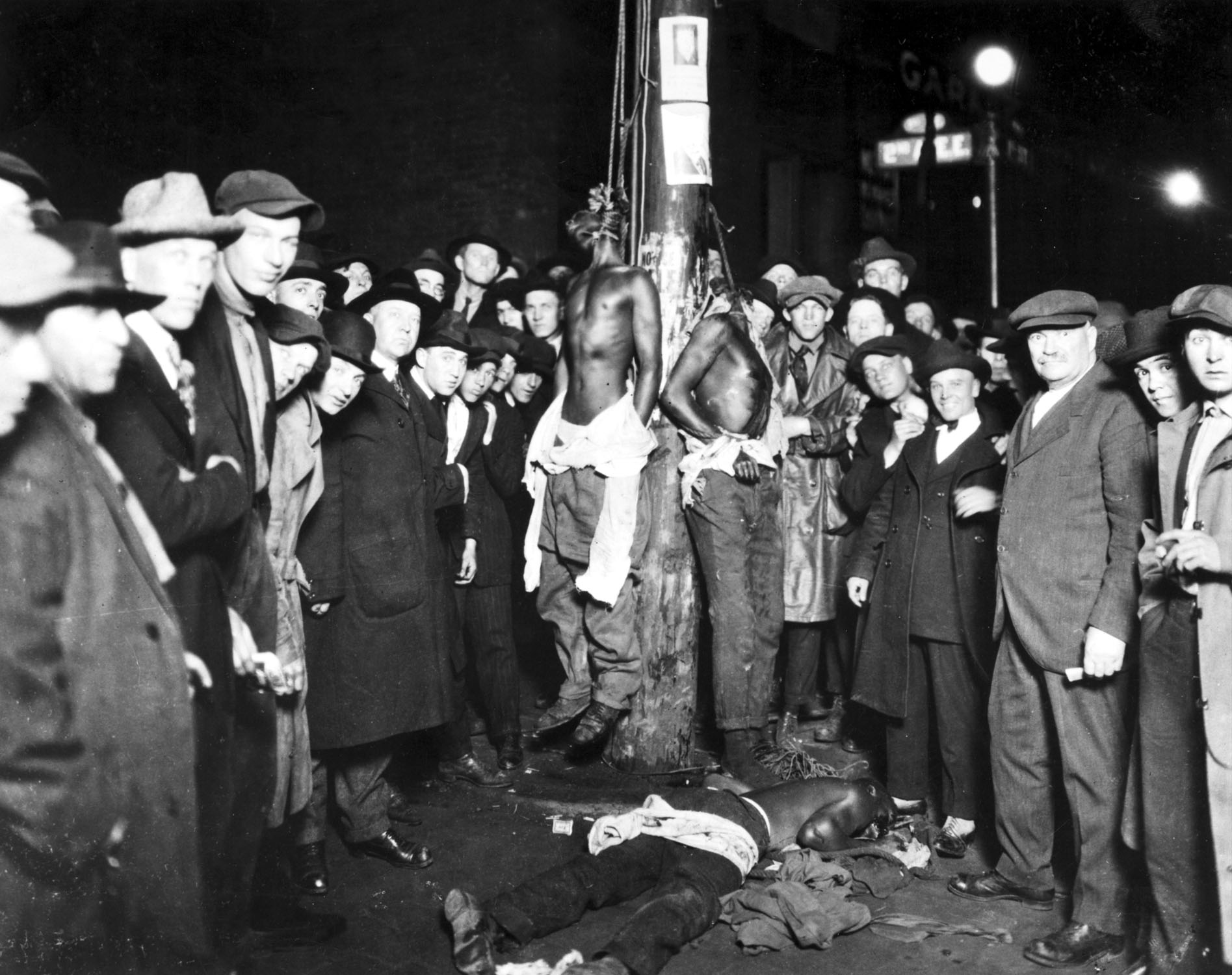
As we are all well aware of the horrific evils of slavery in the past (regarding the enslavement of the African American race) and the way in which slavery would serve as a false commodity regarding the items (sugar, cotton, to name a few) that were produced by the slaves. We are also well aware of the persistent slavery in our current day and age, and the interconnection that many industries have in the supporting human enslavement (agriculture, factories, coffee, diamonds, ect.). I want to bring attention, as I hope many of us are aware, of the enslavement of animals for cosmetic testing (one of the many ways in which animals are used as false commodities). Leading cosmetic products use animal testing to make sure the product is safe for human usage. This controversy has, under its wing, the false justification that we should practice animal testing because it benefits human beings, when other methods that prove more satisfactory for knowing actual human reactions are available for companies to use. In other words, animal testing is obsolete. (I have a hard time thinking that it was necessary in the first place, but that is my personal opinion). I think as human beings we have enslaved life (for animals used in animal testing live and die with suffering and with the only purpose of having chemicals inserted into their eyes, skin, or bodies) under the illusion that it benefits us some way or other, in an economical perspective or other. In the past and present there were/are alternatives for the same products and the only thing they require out of the consumers is consciousness and attention to the products they are demanding.
Below I posted some links to sites that help guide anyone who is interested in changing some consumer habits:
http://leapingbunny.org/indexcus.phphttp://www.humanesociety.org/issues/cosmetic_testing/
and lastly a video by PETA that is graphic so be warned…













